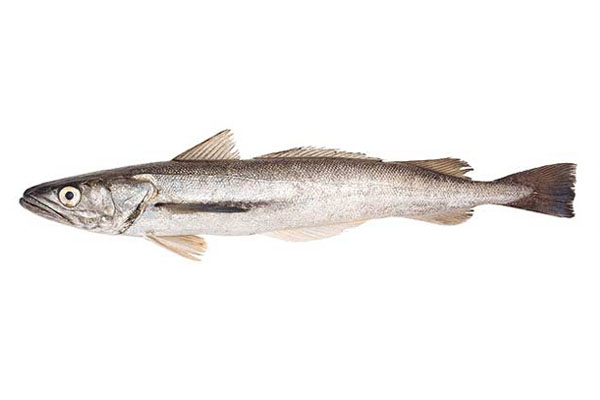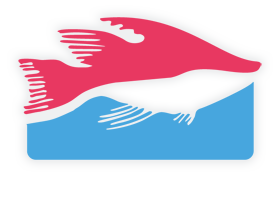Hake

Scientific Names
Merluccius Hubbsi
Other common names
Argentina: hubbsi hake
Brazil: hake
Common name in English
Argentine hake
Geographical distribution and behaviour
It lives from the vicinity of Cabo Frio, in Brazil (22° S) to the south of Argentina (55° S), at depths between 50 and 500 m, with a more frequent average depth of 200 m. It tolerates a temperature range between 3° and 18° C, with optimum between 5° and 10° C. As for salinity, the observed limit values vary between 32.50 and 34.20 per thousand, the optimum would be above 33.50 per thousand. It carries out two types of migrations, one vertically, with a daily rhythm, and the other horizontally, with a seasonal rhythm. Through the first it ascends during the night to the upper layers of the sea to feed; in the second it moves in spring to shallower depths to reproduce, returns to waters of intermediate depths (70 – 100 m), there disperses to feed in the summer and early autumn and then concentrates again in deep waters (150 – 400 m).
Fishing fleet and catching gear
The species is mainly caught by the deep-sea fleet, but there are coastal vessels, based in Mar del Plata, Quequén, San Antonio, Puerto Madryn, Rawson and Comodoro Rivadavia, which fish in the area near these ports. The gear used is the bottom trawl.
Forms of commercialization
It is the basis of the Argentine fishing industry. It is exported mainly as frozen fillet in various types of presentations (“fish block” and “interleaved”). The filet can be with little bone or without a bone, on which the “V-cut” is made. It is also exported headless and gutted (H&G) in a wide variety of presentations. It is also the most important species in domestic consumption, mainly processed as filet. For export, on a much smaller scale, it is processed in salting, its roe is marketed frozen and as fresh whole fish (by air).
